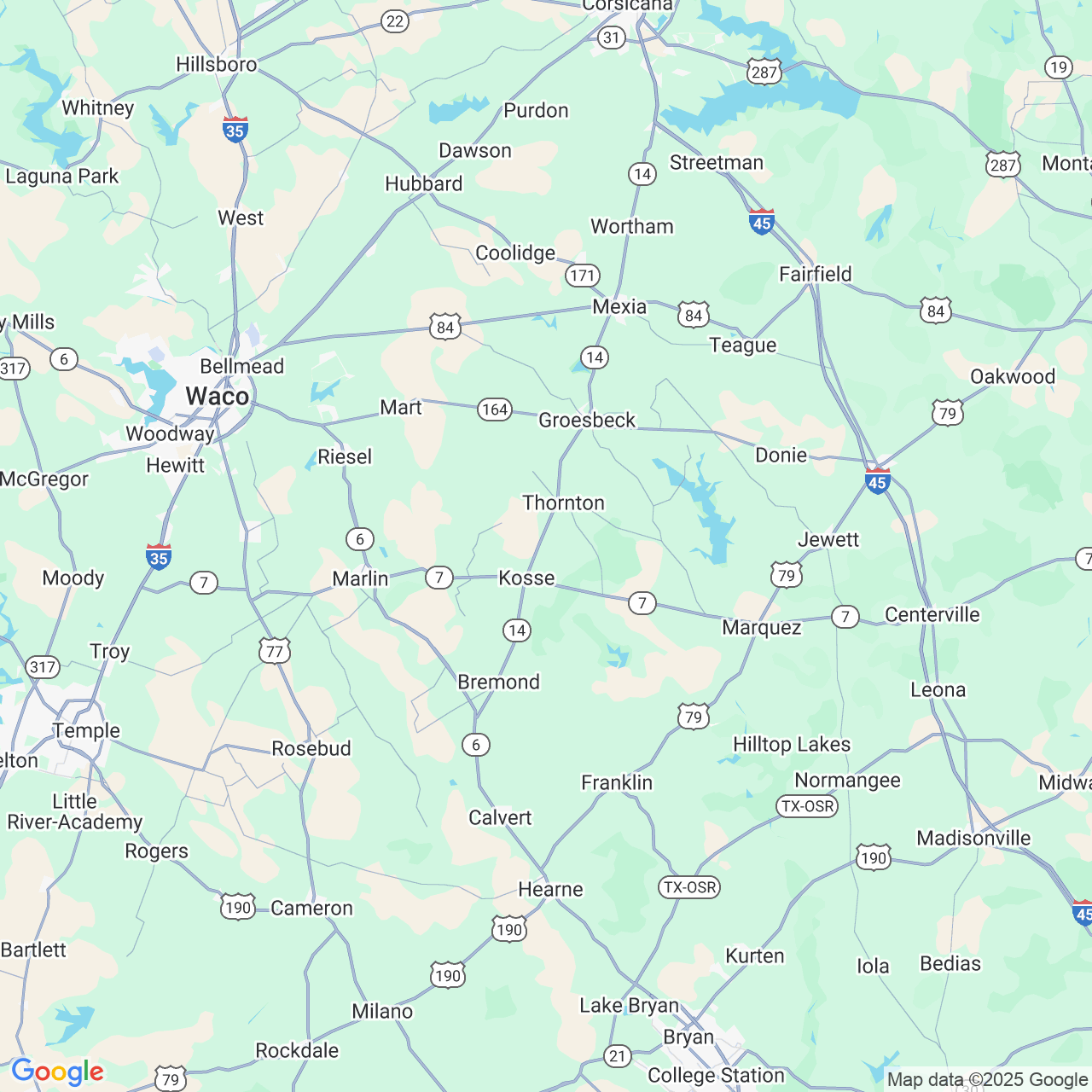Follicular Unit Extraction or Follicular Unit Isolation versus Strip Surgery
Area to be harvested is demarcated in green. Even in a patient with very short hair strip harvest is not very noticeable.
 Minimal donor scars in hair restoration surgery are desirable for many reasons. Minimal scars maximize the donor resource for the future, should additional hair restoration surgery work be necessary. In fact, every attempt should be made to always remove the old scar whenever possible. Optimal results from hair restoration surgery employ tricophytic closure, closing in two layers and above all minimizing tension on the superficial layer. These techniques will usually yield minimal scars in strip surgery.
Minimal donor scars in hair restoration surgery are desirable for many reasons. Minimal scars maximize the donor resource for the future, should additional hair restoration surgery work be necessary. In fact, every attempt should be made to always remove the old scar whenever possible. Optimal results from hair restoration surgery employ tricophytic closure, closing in two layers and above all minimizing tension on the superficial layer. These techniques will usually yield minimal scars in strip surgery.
 Follicular Unit Extraction (FUE) is another technique, which minimizes scars in hair restoration surgery. The technique employs a sharp punch to score the follicles and a dull punch to blunt dissects the follicle down to the bulb. Then the follicular unit is extracted with the use of a forceps. The punch is very tiny either 1mm or .75 mm, hence a very small scar is left which is usually not very visible. There is more transection of grafts with FUE and more incidences of buried grafts.
Follicular Unit Extraction (FUE) is another technique, which minimizes scars in hair restoration surgery. The technique employs a sharp punch to score the follicles and a dull punch to blunt dissects the follicle down to the bulb. Then the follicular unit is extracted with the use of a forceps. The punch is very tiny either 1mm or .75 mm, hence a very small scar is left which is usually not very visible. There is more transection of grafts with FUE and more incidences of buried grafts.
There are both benefits and disadvantages to both techniques. Both techniques can leave very faint and small scars, which in most people is covered by the overlying hair. FUE is more transection of grafts with FUE and more incidences of buried grafts.
There are both benefits and disadvantages to both techniques. Both techniques can leave very faint and small scars, which in most people is covered by the overlying hair. FUE is of benefit in men who wear hair very short i.e. marines or anyone who shaves their head. It is probably less visible than strip harvest scars. Also, FUE may have an advantage in very tight scalps. Conversely, very loose scalps or scalps with little elastin can be difficult to impractical for FUE. Strip harvest is indicated in mega session cases. The technically more difficult FUE is much more time consuming and ergonomically more demanding on the back and neck. When a large number of grafts are desired, if FUE is chosen, it may need to be accomplished piecemeal over a few days. The FUE is about twice the cost of strip harvest cases. To summarize, strip harvest cases are best when large numbers of grafts are needed, allowing twice the number of grafts for the same price as half the number of FUE derived grafts. The risk of transection of grafts and complications arising from buried grafts is much less with strip technique.
A thorough consultation is required before deciding which technique is best in your particular case. When considering FUE for your hair restoration procedure it is of benefit to try a small trial of FUE to see, how it would work in your scalp. With proper patient selection, the best technique is chosen for your particular hair restoration case, based on your goals, demand/supply ratios, scalp characteristics, ease of performing the technique in your case, and cost concerns.




